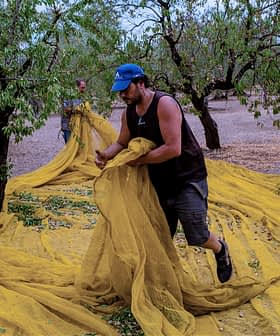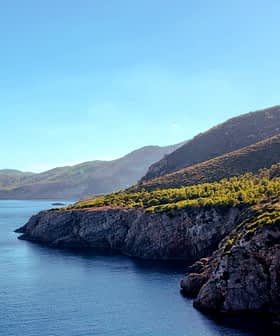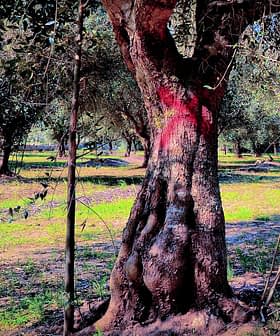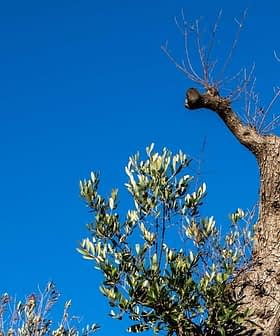With olive harvests expected to commence in Europe as early as next month, recent reports have been speculating on the outcome of the 2015 – 2016 olive harvest.
Top olive producers Spain and Italy, and on a lesser scale other olive-producing countries including France, Portugal and Croatia, were badly hit by the disastrous harvests of the 2014 – 2015 olive growing season. As a result, olive oil prices have soared and consumers are feeling the effects of a worldwide olive oil shortage.
Bloomberg reported that production in Spain and Italy, the two biggest olive producing countries which account for 70 percent of the world market, decreased by more than 50 percent in the 2014 – 15 season, according to figures published by the International Olive Council (IOC).
The Guardian has cautioned that a third poor consecutive harvest in Spain and Italy would have disastrous results and push up prices even further amid fears that Spain may experience another poor crop because of dry and hot weather.
Meanwhile, the entire province of Lecce in Apulia (Puglia) — Italy’s largest olive-growing region with 2,769 square km (1,065 sq mi) — is so infected by the Xylella fastidiosa (Xf) bacterium that it is now a containment zone where infected trees are being removed and destroyed under strict EU measures introduced in April. Fears that the bacterium may spread were confirmed last month when it was detected in plants on the French island of Corsica following another infection discovered in April in a coffee plant at a Paris market.
Despite last year’s disastrous crop, some Italian olive producers are being cautiously optimistic about the upcoming harvest since trees generally produce a better harvest following a poor one.
Yields were low last year in Spain because of excessively hot weather. Following a hot and dry spring during the crucial flowering season this year, the world’s top olive oil producer could suffer its second poor harvest in a row.
Speaking to The Guardian, an olive producer from the Jaén province in southern Spain predicted that the next crop will be better: “I think that the new crop won’t be as bad as last year but probably the olives will be smaller and have less quantities of oil. If it rains in September and October then we will get a bit more. It will be a different picture,” said Lourdes Negrillo.
It’s still early, and the next harvest is weeks or even months away, depending on the region. But there is much speculation and anticipation about the upcoming olive harvest for producers and consumers alike.







